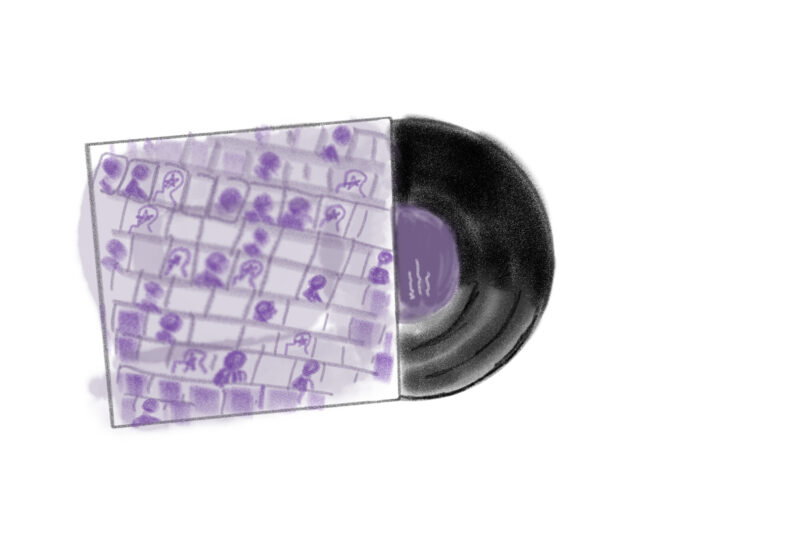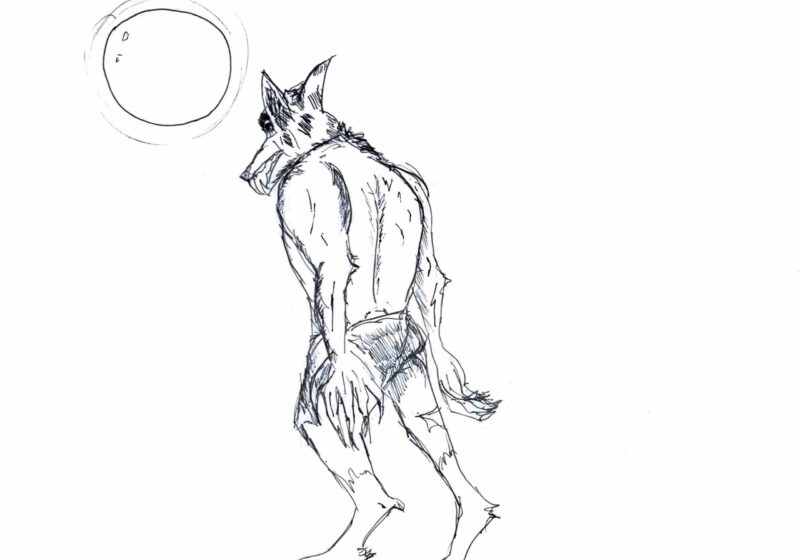Wow, amazing. I can probably guess the first thoughts that came into your head when you saw that word ? the underdog of the orchestra, an instrument that can never be played in tune, just a violin wannabe. Or,one of the most disrespected and unappreciated string instruments ever to exist.Yes?
Probably.Why do I have a say in defining what it?s like to be a violist?Because I am a violist.However, I was a violinist for ten years of my life before I switched over to the viola, so my view is balanced.
The truth behind my switch ? I just didn?t enjoy the violin. I had a real passion for the cello, but knew that it wouldn?t be possible to pursue a musical career in that instrument if I started so late. Viola was a seemingly perfect compromise.
Now, I love the instrument. When I started, I thought that playing the viola would be a piece of cake compared to playing the violin.
I was very wrong.
The viola is like no other instrument.It demands so much more than the violin, whether it be in technique or just in developing the endurance to keep the instrument resting on your shoulder.
It?s not just a ?big violin.? The viola requires a different bowstroke, a different bow arm and more training in finger dexterity than the violin.
It?s a whole other ball game.
Even playing in basic first position can be tough.Your ear becomes more sensitive to intonation, because it is extremely difficult to play in tune without that sensitivity.I?m often amazed by how much focus playing requires.If you let your focus go for even a second, you?ll realize that the last note you played was out of tune.
Not only that, but the viola is often the middle voice in ensembles and chamber music. What does this mean?Not only do we have to focus on the melody that the upper voice is producing, but we need to take that melody and mold it with the harmony our notes create. The process is really a work of art in its own way.
So much musicality comes out of that process. It would appear that becausewe violists process the melody and the inner voice in each work that we play,we can understand and appreciate a composition much better than the players of most other instruments can.
So for those of you who scorn the viola or look down upon it, hold that thought.
You probably have no idea about the demands that are placed on a violist.Being able to play the viola well demands intelligence, talent, musicality, maturity and understanding.
The viola can be, and is, one of the most beautiful sounding instruments out there.There are some brilliant violists who are pretty well-known too, like William Primrose, Kim Kashkashian, Karen Dreyfus, Cynthia Phelps, George Taylor and John Graham.
The best part about the last two musicians I mentioned is that they are here at Eastman.
An opportunity to hear Professors Taylor and Graham can be a very amazing experience. Their wisdom and knowledge of the viola is overwhelming.
Not only that, but the two say that studying the viola has expanded their understanding of music to an incredible degree. If you get a chance sometime, talk to them.
There are manystudents here at Eastman who are violists and great musicians.They have developed a musical maturity that a lot of other stringed instrumentalists take much more time to gain.
So, when you see violists in the future, give them the respect they deserve.
If you still feel that the viola is the underdog of the string world, then I guess the instrument will forever remain a mystery to you.




